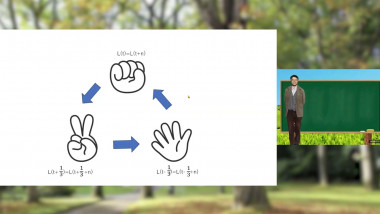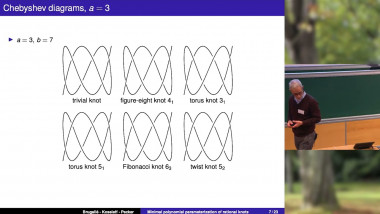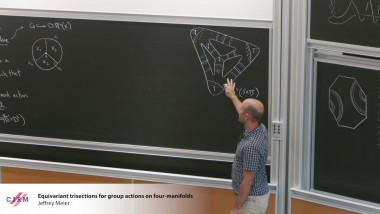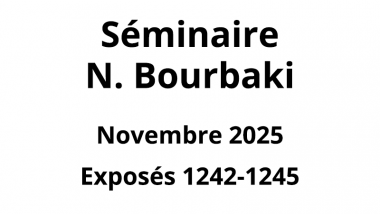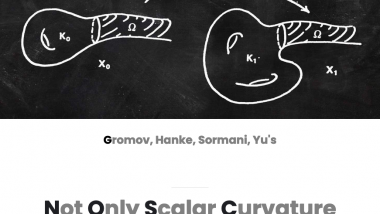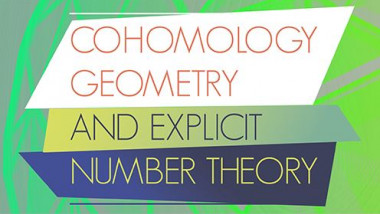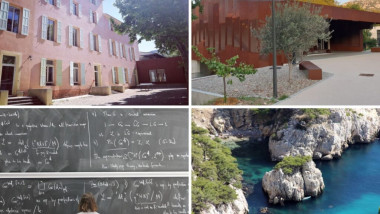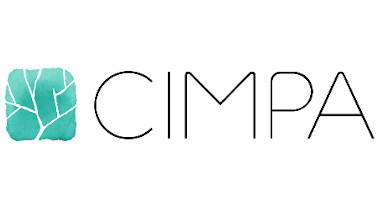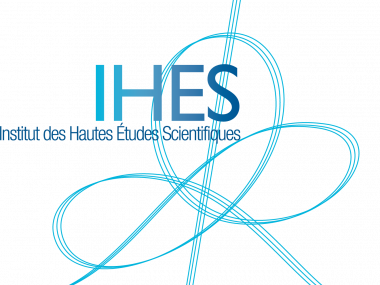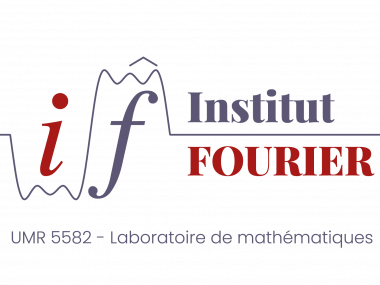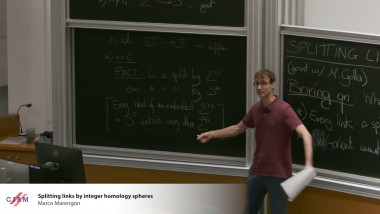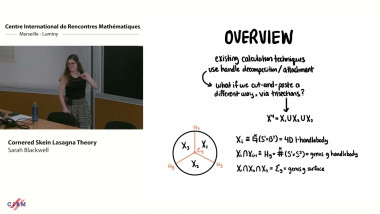Appears in collection : 2025 - T2 - WS2 - Low-dimensional phenomena: geometry and dynamics
A quasi-Fuchsian representation of a surface group in $\mathrm{PSL}(2,\mathbb C)$ is a discrete and faithful representation that preserves a Jordan curve on the Riemann sphere. These classical objects have a very rich structure as they lie at the crossroad of several areas of mathematics such as complex dynamics, Teichmüller theory, and 3-dimensional hyperbolic geometry. The invariant Jordan curve, which is typically a very fractal circle, captures the complexity of the representation and key dynamical and geometric features. In groundbreaking work, Bowen showed that the Hausdorff dimension of such a curve is always strictly greater than 1 except when it is a round circle and the representation factors through a copy of $\mathrm{PSL}(2,\mathbb R)$. In this talk, I will describe how this phenomenon persists for hyperconvex representations of surface groups in $\mathrm{PSL}(2,\mathbb C)$ a much larger class of representations that shares many striking similarities with quasi-Fuchsian ones. This is joint work with Beatrice Pozzetti and James Farre.
